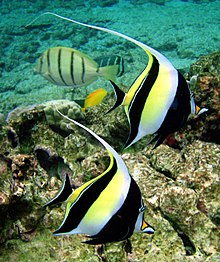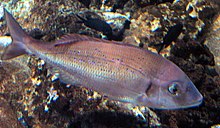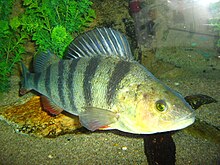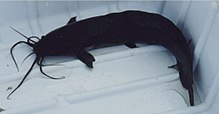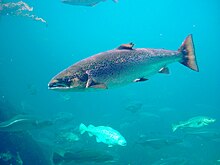Apodes

- Muraena (eels)
- Muraena helena – Mediterranean moray
- Muraena ophis – Spotted snake eel
- Muraena serpens – Serpent eel
- Muraena anguilla – European eel
- Muraena myrus – Painted eel
- Muraena conger – European conger
- Muraena caeca – European finless eel
- Gymnotus (electric knifefishes)
- Gymnotus carapo – Banded knifefish
- Gymnotus asiaticus – Snakehead
- Trichiurus (cutlassfishes)
- Trichiurus lepturus – Largehead hairtail

- Anarhichas (wolffishes)
- Anarhichas lupus – Atlantic wolffish
- Ammodytes (sand eels)
- Ammodytes tobianus – Lesser sand eel
- Stromateus (butterfishes)
- Stromateus fiatola – Blue Butterfish
- Stromateus paru – American Harvestfish
- Xiphias (swordfishes)
- Xiphias gladius – Swordfish





